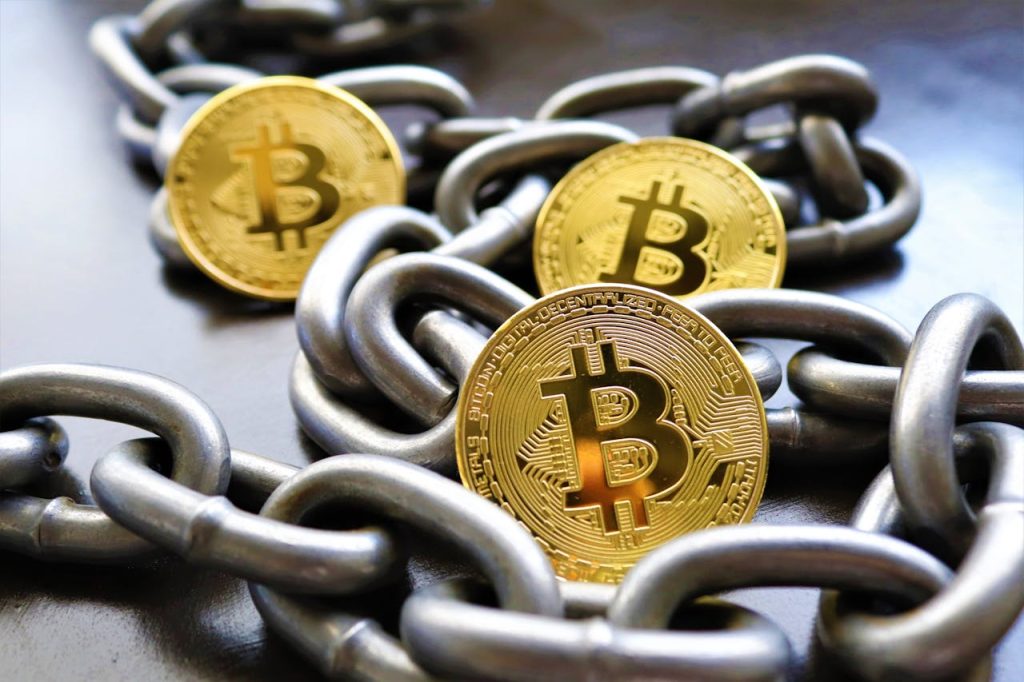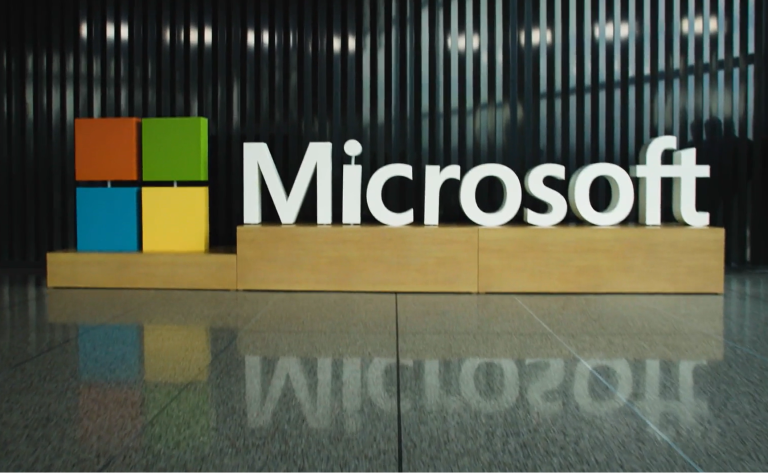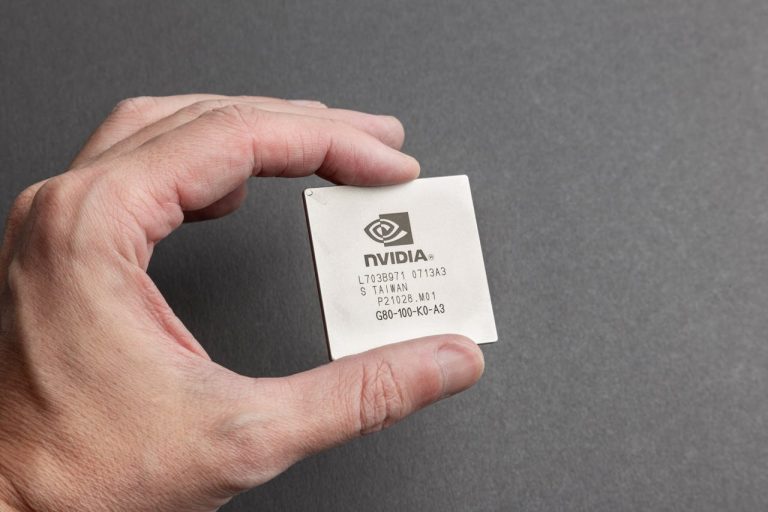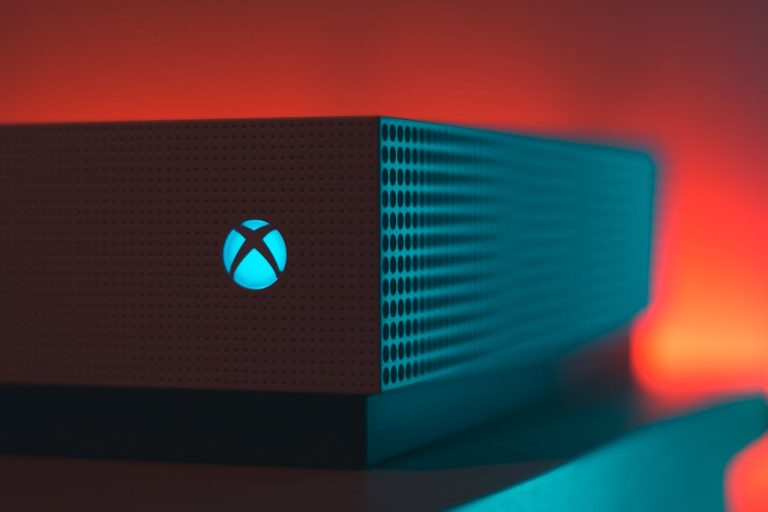With the start of what many consider a bull market, 2024 is off to a great start.
In an effort to improve the market, this has resulted in new architects emerging, bringing new concepts and technologies to the ecosystem. These new projects mark the beginning of a time of rebirth and potential expansion, where flexibility and innovation can completely change the nature of the industry.
Berachin is one of the most innovative builders. Now let’s begin.
Introduction:
Built with the Cosmos SDK, Berachain is an EVM-compatible Layer 1 blockchain with a DeFi focus. It uses an advanced consensus technique called Proof of Liquidity, which requires staking tokens earned by lending liquidity to various network apps. Berachain seeks to improve the fit between stakeholders and verifiers and the applications developed on its network. It provides special features such as three native tokens: BGT (Bera Governance Token), BERA (Gas Token), and HONEY (a stablecoin). It also has an inbuilt liquidity pool. The name of the proprietary EVM is Polaris.
Through several funding rounds, Berachin has raised a total of $211 million in capital. They raised $100 million in the most recent and largest investment round, a Series B round, which took place on March 15, 2024. The Berachain layers Series B financing generated a post-money valuation of $1.5 billion. Earlier rounds of fundraising included a Berachain layers Series A round that raised $42 million on December 1, 2022, and another Berachain layers Series A round that took place on April 21, 2023, for an undisclosed amount.
After the launch of its mainnet, an airdrop is expected to target Berachin’s initial testnet users. Speculations suggest that the airdrop, which has yet to be officially announced, will reward users who engaged with the Berachin ecosystem during the testnet phase. We will go through how to qualify for this airdrop in this article.
What is Berachain Airdrop?
The network token used to pay for gas is called BERA, and the governance token, called BGT, is obtained only by depositing liquidity in the local BEX. BGT is not transferable. The stablecoin for BERA is called Honey.
Berachain Airdrop Dates for Early Adopters
Start Date: 11 January 2024
End Date: 01 July 2024
Reward Distribution: 15 July
History of Berachain
Papa and Smokey, the pseudo-anonymous founders of Berachin, came up with the NFT line of bong bears.
Because of its special features, such as its rebase mechanism that allows existing users to get more NFTs when a fresh version drops, Bongbears gained popularity very quickly!
Some of the brightest minds in the NFT and DeFi ecosystem were drawn to the BongBears community, which inspired the BongBears founder to launch his own blockchain project, Berachain.
Who Established Berachain?
Like many other cryptocurrency initiatives, Berachin’s founding team is anonymous. Papa and Smokey, the founders of China, have not yet made their identities public.
Potential Berachain investors should exercise caution when considering this information. Founders of previous anonymous cryptocurrency initiatives lied to people and used anonymity as a tactic to protect themselves from legal consequences.
How is Berachain Operated?
Berachin’s model has three tokens.
• BERA: The leading token for gas-related transactions and payments.
• BGT: Governance token that can be used by staking to affect network consensus. BGT can only be earned by participating in network security; It cannot be bought on the exchange.
• HONEY: A stablecoin pegged to the US dollar is called HONEY. Validator can be used to earn fees or mint honey.
What benefit does Berachain’s tri-token concept offer?
Compared to blockchains like Ethereum, where a single currency is used for staking and gas costs, Berachin’s tri-token architecture can be advantageous.
The amount of ETH available for purchase decreases and increases as the price increases. This means that it costs more to pay gas fees for the transaction!
Berachain was created expressly to solve this problem. Stacked cryptocurrency has no effect on the total amount of cryptocurrency that is accessible for transactions because BERA and BGT are separate tokens.
Users can stake Bitcoin and improve network security with Berachain’s innovative tri-token model—all without increasing gas costs!
Proof of the Consensus Model for Liquidity
Let’s review the difference between Proof of Stake and Proof of Liquidity to understand them better.
Proof of Stake (PoS): By staking directly with the blockchain, validators on proof of stake networks, such as Ethereum, can earn ETH. The fact that current ETH holders will continue to earn more ETH may ultimately lead to Ethereum becoming more centralized!
Proof of Liquidity (PoL): Participants in chains like Berachain are able to provide liquidity. Liquidity providers in turn receive BGT as compensation. This arrangement reduces the risk of centralization and increases liquidity for the Berachin ecosystem!
Decentralized apps built on the Berachain platform will eventually be able to generate liquidity pools that increase the security of the network. This means that independent developers have the opportunity to get paid by validators, which can greatly accelerate applications across the Berachain ecosystem!
Which decentralized programs can one access on Berachain?
Let’s take a look at some of the decentralized protocols offered by Berachain.
• Berachain BEX: Built on the Berachain network, Berachain BEX is a decentralized exchange! Users of the exchange can buy and sell tokens, generate liquidity and get paid in BGT to do so.
• Boink: Boink is a cryptocurrency game where you can compete with other players to earn BERA rewards!
• Apiarist Finance: A DeFi protocol called Apiarist Finance provides affordable services for crop farming, stocking and lending!
Advantages of Bera
Unusual structure: Berachain may benefit from its novel proof-of-liquidity consensus process over Ethereum’s traditional proof-of-stake.
Growth potential: Berachain may be able to grow faster than Ethereum because it is a newer blockchain.
EVM-Compatibility: Berachain is EVM-compatible, unlike Solana and other Ethereum competitors.
Extensive Guide for Berachain Airdrop
It is speculated that Berachain may participate in a surprise airdrop to testnet early adopters and users on the occasion of its mainnet launch as a thank you. To interact with Berachain and qualify for the mainnet airdrop, simply follow the instructions below!
Here’s a quick guide on how to use the QuickNode aspect to claim an airdrop:
Step 1:
Get free Berachain Testnet tokens by visiting QuickNode Faucet. These will be necessary to communicate with other Dapps.
• Link your pocketbook.
• Get tokens on Testnet.
Step 2:
Visit https://artio.bex.berachain.com/swap to engage with Berachains Dex.
• Link your pocketbook.
• Switch to Berachain testnet network.
• To exchange BERA for some HONEY and other tokens, go to “Swap”.
• Return to STGUSDC.
• Go back to WBTC.
• Return to WETH.
Step 3:
Promote Berachain Pool Liquidity at https://artio.bex.berachain.com/pool
• Choose a pair.
• Enter the amount.
• Increased flexibility.
Step 4:
Provide, receive and collect dashboards at https://artio.bend.berachain.com
• Enter the amount and availability of WETH, WBTC, and honey.
• Select WBTC and enter the desired deposit amount.
• Select “Loans,” enter the desired amount, and complete the purchase.
Step 5:
Explore the entire ecosystem: https://galxe.com/Berachain/campaign/GCjGGttCAG
Be sure to check the website often as new missions are added on a weekly and monthly basis.
Step 6:
Use the Berachain leveraged trading platform to interact with Berps:
https://artio.berps.berachain.com/berpetuals
• Link your pocketbook.
• Trade both long and short.
• Go to “Vaults” and apply some honey.
While there is no confirmation or promise of an airdrop, participating in a testnet will probably help determine requirements.
Why QuickNods for $Bera Airdrop?
Although easily accessible, public endpoints can experience unpredictability and inconsistency in their functioning. This can result in increased outages, slower transaction times and unstable service.
QuickNode’s free endpoints, however, provide a robust alternative. They are designed to reduce the risks associated with public endpoints by offering superior security and reliability.
According to research on Solana node providers, QuickNode faced competition from rival service providers such as Alchemy, Infura, Chainstack, and four more.
The study examined response times, latencies, and data dependencies over a wide range of geographic locations and live sample data.
At 104 ms, QuickNode had the fastest average response time worldwide, 3.5 times faster than the following provider.
How to Buy Berachain?
The coin or token you want to buy is poor or has low liquidity, or is not listed on popular exchanges. This can be a very risky venture. You can still try to buy it via P2P, though (peer-to-peer, buy it from holders).
How do you tax Berachain?
Bitcoin is liable to both income tax and capital gains tax, just like other cryptocurrencies.
If you receive it through an airdrop or cryptocurrency berachain faucet, you will record revenue based on the fair market value of the BERA at the time of receipt.
Concluding Thoughts
An amazing opportunity for early adopters to interact with a promising DeFi-focused Layer 1 blockchain is to participate in the Berachain Airdrop. Users can improve their potential rewards by engaging in active interaction with Testnet and completing tasks related to Galaxe quests and establish themselves as essential components of the Berachain ecosystem. In addition to increasing individual benefits, this dual engagement technique strengthens and broadens the network as a whole. Stay active, complete assignments, and get ready to benefit from Berachain’s powerful decentralized finance strategy.








